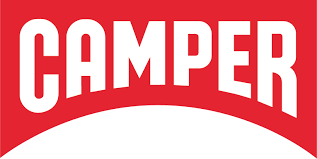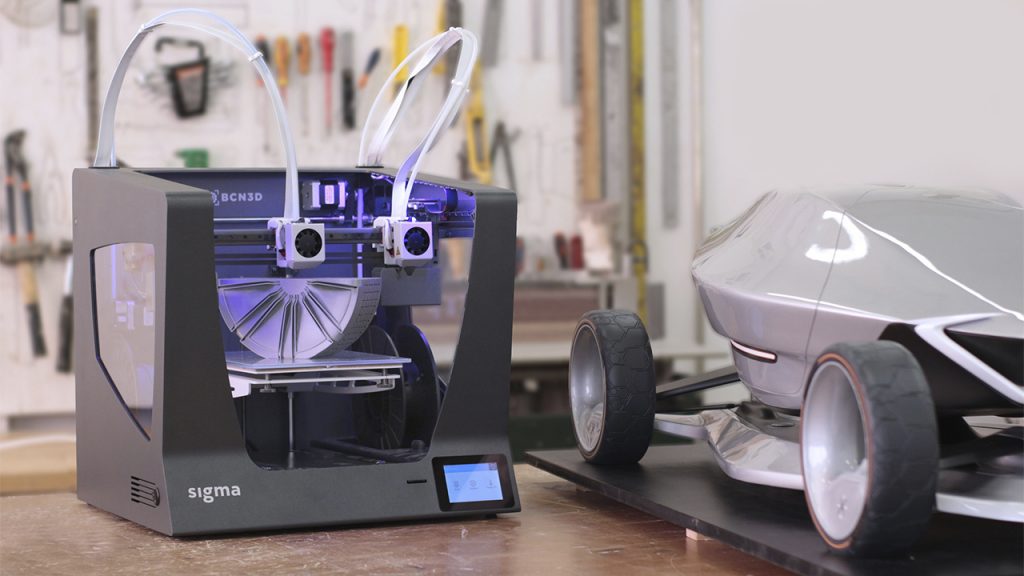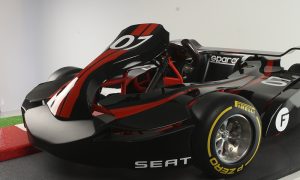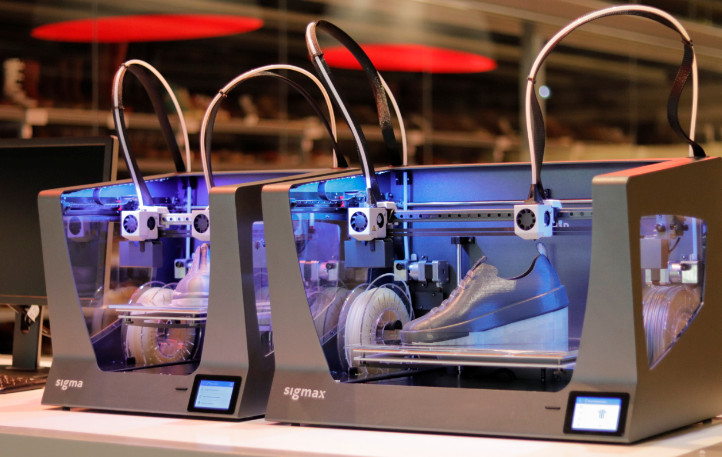Domestic Data Streamers 3D prints interactive installation for Cisco Live 2020
Volunteers develop 3D printable ventilator based on 1965 U.S. Army design
3D Printing Industry News Sliced: BCN3D, BEAMIT, Thor3D, Ricoh, Senvol, Voxeljet
3D Printing News Sliced: Dr. Hans Langer, Cuttlefish, RIZE, Senvol, Henkel, Open Bionics
Camper Spanish Footwear is Designed on 3D Printers on the Island of Mallorca
3D printing—specifically with the use of BCN3D’s 3D Sigma and Sigmax printers—has allowed Spanish footwear multinational, Camper, to journey down paths they never expected with their line of footwear; experiencing so many of the benefits of this progressive (and often seemingly futuristic) technology they are now able to create designs that previously may have been impossible—not to mention the element of flexibility they are enjoying with materials, as well as the ability to fabricate new iterations on the spot.
 Based on the Island of Mallorca, in Spain, Camper’s team has become immersed in 3D printing and additive manufacturing, with creativity flowing daily amidst their on-site desktop printers. In a recent case study, they explained that with the ‘giant leap’ into 3D printing, their team was able to enhance their design capabilities, along with ‘streamlining the creative processes of future collections.’
Based on the Island of Mallorca, in Spain, Camper’s team has become immersed in 3D printing and additive manufacturing, with creativity flowing daily amidst their on-site desktop printers. In a recent case study, they explained that with the ‘giant leap’ into 3D printing, their team was able to enhance their design capabilities, along with ‘streamlining the creative processes of future collections.’
Each set of footwear is designed a year ahead of time, and the Camper team states that their shoes offer a geometric complexity, requiring technology capable of manufacturing their men’s, women’s, and children’s collections with great accuracy.
“Working with a 3D printer is very useful because if we have an idea in mind, together with a technician, we can obtain quick and direct results for the dimensions of components. This enhances our ability to be reactive,” said Job Willemsen, Senior Designer at Camper.
The 3D Sigma and Sigmax printers allow the Camper team to use materials flexible and capable enough of rendering extremely realistic prototypes. They can design products more rapidly, with even higher quality. The need for molds is eliminated, and intricate design elements can be integrated into new products.
“Because we have a dual-extruder system, we can use water-soluble print material. As a result, we can work with more complex geometric shapes and reduce design time for the collection,” said Jordi Guirado, Product Engineer at Camper.
The design process at Camper these days involves the team getting together and discussing new shapes for designs—each day—with their technical department. The team then creates 3D printed models, which are ready by the next day. This level of speed registers in stark comparison with more conventional methods that meant models and prototypes might not be ready for up to a month. Now, decision-making amongst the team is more rapid, and both designs and the impending results are greatly improved. Products are lightweight, ergonomic—and accommodate what customers are requesting these days.
“With various 3D printers on site, Camper’s designers now have new designs literally in the palms of their hands. This is a huge advantage for designers because they can now validate volumes, dimensions and geometric shapes that they could not visualize with a digital model. If designers can print a shoe model in 3D the next day, the design team can take their creative potential further,” said Xavier Martínez Faneca, CEO of BCN3D. “With collaboration, they can really achieve the product they are looking for.”
Camper has been around since 1975, created by Lorenzo Fluxa. His goal was to create footwear unlike any other—with his foundation rooted in the shoemaking business of his family—beginning with his grandfather in 1877, who brought the first sewing machines to Mallorca. Fast forward to the present, and Camper shoes are still made in Mallorca. The team crafts about 500 models each season—with one difference these days: they are in stores in over 40 countries!
3D printing is having a huge impact on the fashion, and footwear industry, from high heels to ballet shoes and athletic shoes.
What do you think of this news? Let us know your thoughts! Join the discussion of this and other 3D printing topics at 3DPrintBoard.com.
[Source / Images: Camper case study]
The post Camper Spanish Footwear is Designed on 3D Printers on the Island of Mallorca appeared first on 3DPrint.com | The Voice of 3D Printing / Additive Manufacturing.
BCN3D Technologies announces new Epsilon 3D printer with range of BASF and MCPP filaments
WATCH: BCN3D’s vast 3D printing farm
Desktop 3D printed PLA proven to help researchers in pursuit of cancer cure
Roger Uceda & CIM-UPC Create a Masters Degree in Design for Additive Manufacturing



3D printed surgical models DEFAM.
The director general of CIM UPC Felip Fenollosa said that, ” we have taken a step forward for the formative leadership in Additive Manufacturing, integrating the relevant actors in this ecosystem to contribute their experience to prepare the next generations of professionals for the transformation of our industry. We seek that in a global environment any Design can be sent anywhere in the world and manufactured at the same point of sale”




